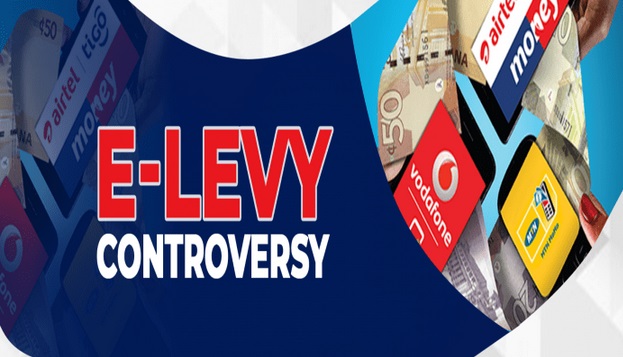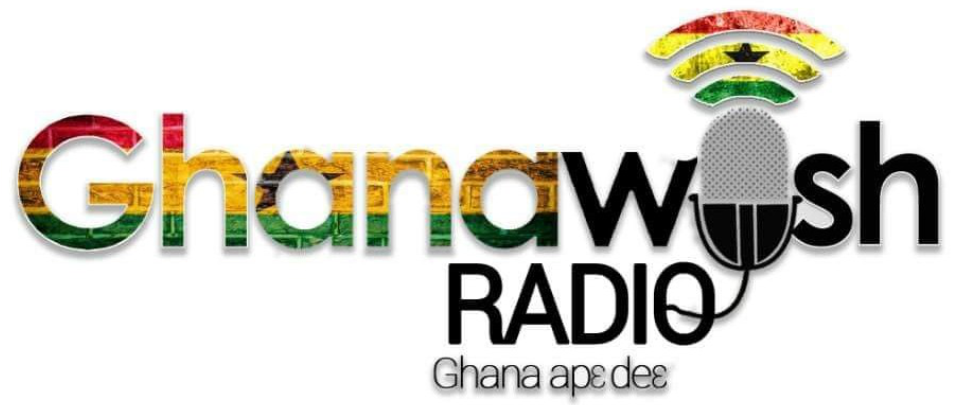According to the GRA, the Electronic Transfer Levy, often known as the E-Levy, will go into effect on May 1, 2022.

Most electronic transfers will be subject to a 1.50 percent E-Levy.
This means that beginning May 1, certain mobile money account transfers and certain bank transfers will be charged.
But how will you know when it’s time to start implementing? What will your phone or transfer device’s indicators be?
When he sat with Dzifa Bampoh on the Key Points, a member of the E-Levy Technical Committee, which was established to ensure the seamless implementation of the E-Levy Act 1075, sought to clarify this.
According to Isaac Kobina Amoako, though there will be no significant changes, notifications that usually come with the transfer of monies will include information about how much individuals will be charged for the E-Levy, per the transactions they make.
“Nothing will change drastically. What you will probably see is that, when you make a transfer, at the notification side, the telco will be communicating to you how much you are supposed to be charged, you will see a piece of extra information that will be E-Levy chargeable that is if you are doing a transaction that is taxable by E-Levy,” he said.
“You will see that information before you provide your PIN just like we currently do…..that information will show you the amount that is to be deducted,” he added.
The Electronic Transfer Levy Act, 2022, Act 1075, otherwise known as the E-Levy, was given Presidential assent on Thursday, March 31, 2022, after it was passed by Parliament on Tuesday, March 29, 2022.
Below is a list of transactions E-Levy will cover
i. Mobile money transfers done between accounts on the same electronic money issuer
ii. Mobile money transfers from an account on one electronic money issuer to a recipient on another electronic money issuer
iii. Transfers from bank accounts to mobile money accounts
iv. Transfers from mobile money accounts to bank accounts
v. Bank transfers on an instant pay digital platform or application originating from a bank account belonging to an individual subject to a threshold to be determined by the Minister
Transactions E-Levy will NOT cover
The Finance Ministry has also highlighted some scenarios where the E-Levy will not apply. They are;
i. Cumulative transfers of GHC100 per day made by the same person
ii. Transfers between accounts owned by the same person
iii. Transfers for the payment of taxes, fees and charges on the Ghana.gov platform
iv. Electronic clearing of cheques
v. Specified merchant payments (that is, payments to commercial establishments registered with the GRA for income tax and VAT purposes)
vi. Transfers between principal, master agent and agent’s accounts

